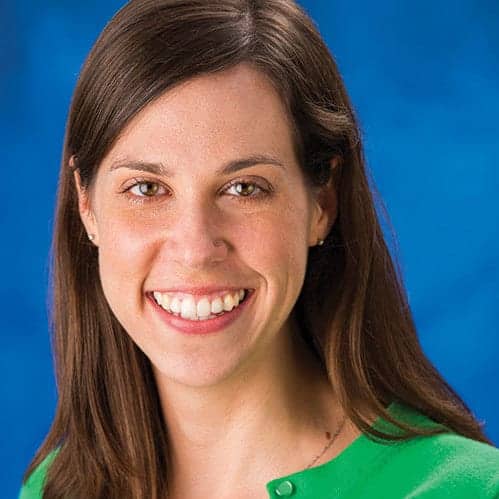 Each December offers an opportunity to turn inward and take stock. At 24×7, we reserve this issue for our annual salary survey, in which we sound the biomedical community for its views on compensation, job growth, and the field’s most pressing concerns.
Each December offers an opportunity to turn inward and take stock. At 24×7, we reserve this issue for our annual salary survey, in which we sound the biomedical community for its views on compensation, job growth, and the field’s most pressing concerns.
As you can see elsewhere on our website, biomedical departments are on the cusp of transformation due to sweeping demographic and technological changes already underway. The survey lays out two key issues: the acceleration of Baby Boomers’ retirement over the next 5 to 15 years, and the intensifying demand for IT skills among biomeds who remain.
These matters and others are also of concern to 24×7’s editorial board members. This month, I asked them to share which issues had most captured their attention in 2015. What would they earmark as the most important trends from the past year—and what do they expect will drive the HTM agenda in 2016?
IT, Data, and Cybersecurity
Unsurprisingly, the board flagged IT integration as one of the most urgent challenges facing the field.
“If health technology management professionals have managed to miss the rapidly growing significance of IT in all aspects of healthcare up to now, this past year saw an even bigger explosion of IT technologies and integration being a part of everything they do on a day-to-day basis,” Ken Olbrish says. “This won’t go away. This is becoming one of the most important, if not the most important, skills for anyone in HTM.”
Arif Subhan points not only to the need to manage and support networked medical devices, but also to protect these devices from cyber vulnerabilities—a priority passionately echoed by Dennis Minsent.
“Cybersecurity, cybersecurity, cybersecurity!” he says. “Our profession needs to come to grips with exactly what this means to us and how we will respond.”
Minsent also cites the need for better data collection. “The one major hurdle is [that] we have no specific data and documentation standards that would allow everyone to compare apples to apples, rather than apples to gobbledygook.”
An Aging Profession
Among other challenges, Subhan says, will be the selection and recruitment of qualified biomedical engineering staff. That task will become all the more difficult as vast numbers of HTM professionals retire.
“When I look at the field of educators (myself included), I wonder where the next round of biomed educators will come from,” adds Roger Bowles. “My department has a few young people, but no one who will probably still be teaching in 20 years. Most will probably be retired in 10 to 15 years.”
Alarm Management
What may be most telling is how little some priorities have changed over the past several years. The Joint Commission’s National Patient Safety Goal on clinical alarms again pushed “strategies for reducing alarm hazards and fatigue” to the fore, and the issue remained high on ECRI Institute’s recent list of top health technology hazards.
The ongoing push for interconnection between medical devices and medical records is also nothing new: Interoperability was “projected to happen in 3 years in 1990,” Dave Harrington notes. The field is “making progress, but very slowly.”
“Patient safety, alarm management, cost savings—[in 2015] these were all back again as significant challenges and opportunities for our profession, and they’ll continue to remain at the forefront of our profession in the foreseeable future,” Olbrish says.
Finally, I want to take this opportunity to thank you, our readers, for your loyalty to 24×7 and the insights and contributions that make us so strong. A happy 2016 to you!




